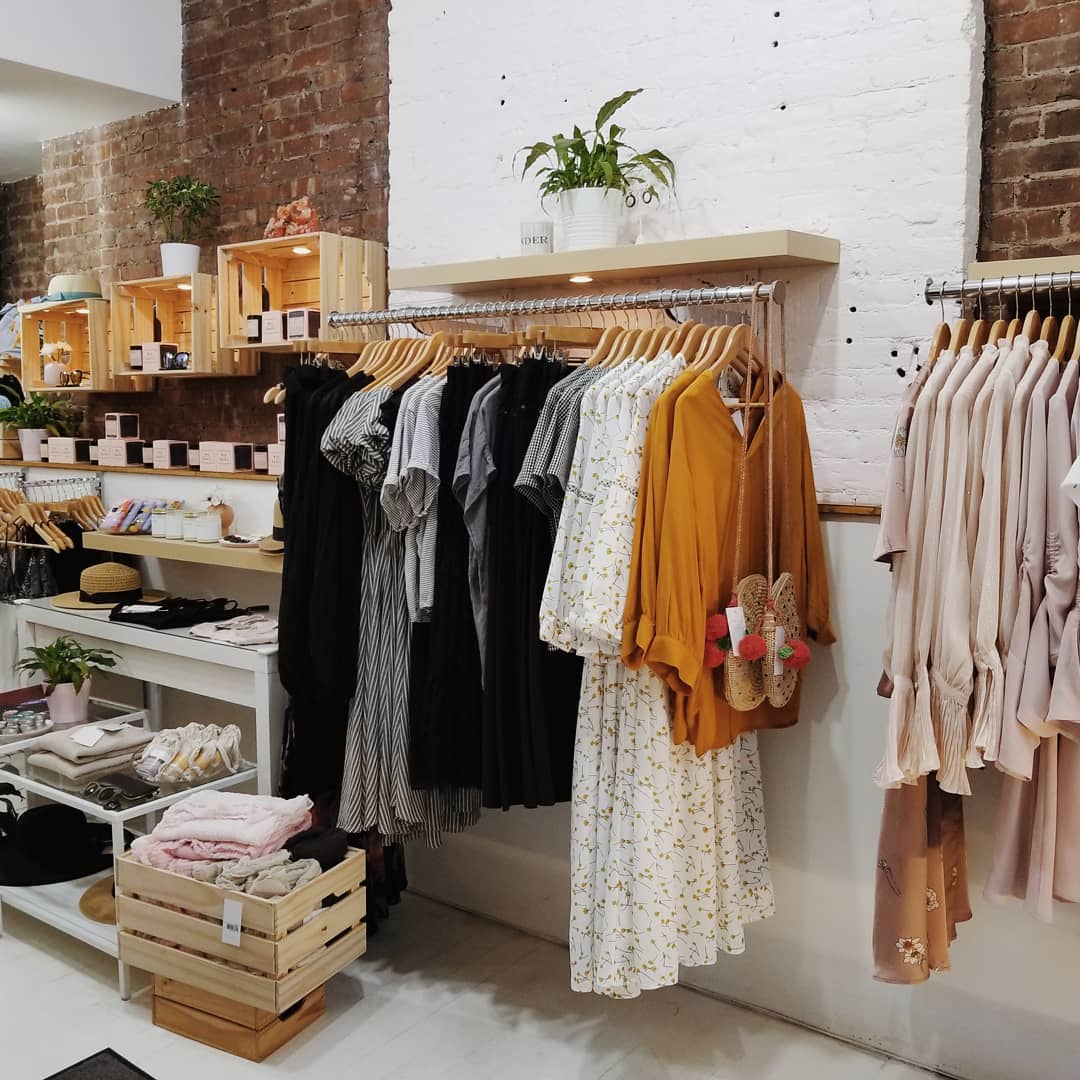How to Style Your Attires with Boutique Fashion Finds
How to Style Your Attires with Boutique Fashion Finds
Blog Article
Exploring the Development and Influence of Clothing on Modern Fashion Trends
The advancement of clothing has dramatically affected modern fashion patterns, combining historic precedents with innovative technologies. Iconic figures like Coco Chanel and Yves Saint Laurent reinvented the style market by presenting principles that focus on convenience and accessibility, which continue to resonate today. Technical strides in locations such as 3D printing and clever fabrics are redefining design possibilities and consumer experiences (boutique fashion). Additionally, the expanding focus on inclusivity and sustainability is improving sector criteria. As we take into consideration these complex impacts, one have to wonder about just how these components jointly redefine style's function in reflecting and shaping modern society.
Historic Style Influencers
In the tapestry of style history, certain numbers have left an indelible mark, forming the patterns and styles that specify whole eras. Coco Chanel, a revolutionary developer, redefined ladies's fashion by presenting comfy, stylish clothing that left from restrictive bodices. Her legendary Chanel fit and little black dress have actually ended up being timeless staples in closets worldwide. Likewise, Christian Dior's post-war "New Look" in 1947, with its party of womanhood through complete skirts and cinched waists, noted a return to luxury and has proceeded to influence developers.
Elsa Schiaparelli is an additional pivotal number, renowned for her progressive styles that included surrealist art, collaborating with Salvador Dalí to produce whimsical pieces that tested conventional visual appeals. Her cutting-edge use color and vibrant patterns reverberates in modern fashion. Yves Saint Laurent, at the same time, democratized haute couture with prêt-à-porter collections, bringing runway styles to the masses and establishing a precedent for modern ready-to-wear lines.
These enthusiasts, to name a few, not only transformed style in their times yet also set withstanding patterns that reverberate in today's apparel industry, offering a foundation whereupon modern-day designers proceed to develop and innovate. Their heritages underscore the importance of creative thinking and bold in fashion's ever-evolving narrative.
Technological Developments in vogue
Among the vibrant landscape of the garment industry, technological advancements stand at the forefront of advancement, reshaping exactly how designers produce and consumers engage with fashion. The integration of 3D printing has revolutionized design processes, enabling developers to trying out intricate frameworks and lasting products that were previously inconceivable. This technology facilitates rapid prototyping, reducing waste and quickening manufacturing times.

Smart fabrics, installing innovation right into fabrics, are likewise changing the industry. Advancements like self-cleaning and temperature-regulating materials offer improved capability and comfort. Wearable innovation, including attributes like physical fitness tracking and communication, includes a brand-new dimension to fashion, merging aesthetics with functionality.
Social Changes and Style
As technological developments continue to reshape the fashion market, cultural shifts are similarly prominent, redefining style and consumer preferences. In recent years, the increase of social networks systems has sped up the dissemination of worldwide fashion trends, allowing diverse social impacts to exist side-by-side and converge. This digital interconnectivity has facilitated the quick exchange of concepts, bring about an extra inclusive and eclectic analysis of design that shows the diverse nature of modern society.
Social awareness and gratitude have actually triggered developers to draw inspiration from a broader range of ethnic and historic contexts, integrating typical concepts with contemporary aesthetic appeals. This fusion has actually caused fashion that resonates with a bigger audience, promoting a feeling of identity and belonging throughout various demographics. Additionally, the raising need for personalization has actually driven brands to offer personalized choices, enabling customers to express originality while showing their social heritage.
Additionally, shifting social values have actually impacted style, with inclusivity and diversity coming to be central motifs. The industry has actually begun to welcome designs and influencers of various type of body, ethnicities, and sex identities, difficult conventional appeal standards. This improvement underscores the power of social shifts fit the future of style, as style ends up being an extra authentic expression of individual and collective identity.
Sustainability and Modern Style
While the style sector proceeds to progress, the essential for sustainability has become progressively urgent, influencing modern design practices. The rise of slow style, which emphasizes top quality over amount, urges customers to spend in classic items instead than transient trends.
Additionally, contemporary design is identified by its advancement in reducing waste and promoting circularity. This strategy not only mitigates ecological impact yet also boosts the social obligation of style homes.

Future Trends in Fashion

Sustainability will certainly continue to be a driving pressure in shaping future style patterns. The sector is progressively adopting environmentally friendly materials and honest production techniques, responding to a growing customer demand for liable methods. Technologies such as bio-fabricated materials and closed-loop recycling systems are established to redefine how apparel is produced and eaten, reducing ecological impact while preserving design and quality.
Social changes, including the increase of inclusivity and variety, will likewise play a pivotal function. As culture comes to be much more familiar with social issues, fashion is anticipated to come to be a platform for expression and modification. Developers will likely concentrate on creating collections that show a more comprehensive series of experiences and identifications, promoting representation and ease of access.
Verdict
The advancement of garments dramatically influences contemporary fashion patterns, where historic impacts combine see this page with modern layouts. This recurring advancement underscores fashion's function as a mirror to societal worths and technological improvement, recommending a future abundant with technology and inclusivity.
The development of clothing has considerably affected contemporary style patterns, combining historical criteria with sophisticated technologies.In the middle of the vibrant landscape of the style sector, technical developments stand at the forefront of innovation, improving exactly how designers develop and consumers involve with style.While the fashion sector continues to evolve, the essential for sustainability has come to be progressively urgent, affecting modern layout methods. As sustainability comes to be ingrained in modern style, it paves the means for a more aware and accountable style market.
The advancement continue reading this of clothes significantly affects modern fashion fads, where historical impacts merge with modern layouts.
Report this page